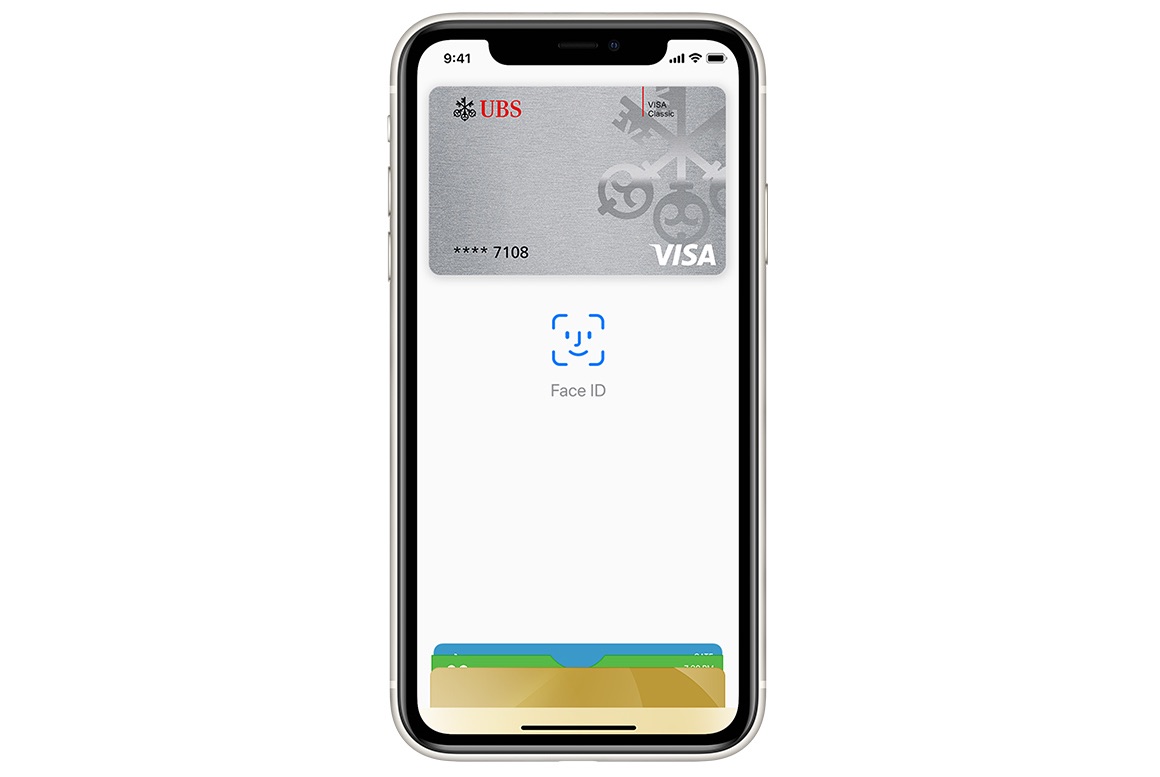In Switzerland, the digital payment system TWINT, created by one of the large banks in 2014, joined forces with other major banks in 2016 and for a while now has covered basically all banks in Switzerland. However, with UBS, the largest bank in Switzerland, joining Apple Pay now and the second largest bank, Credit Suisse, having joined last year, the resistance against Apple Pay has basically crumbled. These two largest banks cover about 50% of the retail market.
In Germany, the largest banking groups, co-operative banks/credit unions ("Volksbanken") and savings banks ("Sparkassen", owned mainly by municipalities) each did create their own digital payment solution (which was only available on Android because Apple blocks access to NFC by third-party payment solutions) but as in Switzerland caved in in 2020 and 2019, respectively, and also offered Apple Pay. The general pattern being the same, in that the largest bank was holding out the longest.
BTW, the Swiss solution, TWINT, does work both on Android and iPhones because it doesn't use NFC but custom Bluetooth beacons that need to be added to the payment portals. It got good coverage in Switzerland because it managed to strike deals with the two largest supermarket chains (which together have an almost 70% market share for the whole retail sector).
Germany and Switzerland might also have been at a disadvantage since the usage of cash in both countries has remained high, thus making it harder for local digital payment solutions to gain critical mass. But in the end, probably only a pan-European solution with at least most major countries joining forces could have created a viable competitor to Apple Pay and Google Pay.



